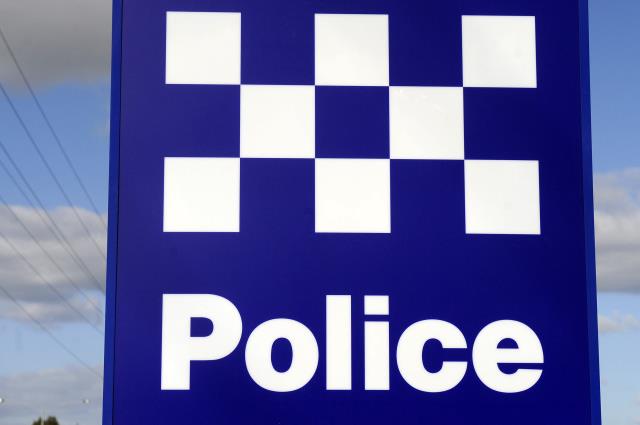Environmental Protection Authority inspectors have cracked down on unidentified industrial firms over the foul stench plaguing residents in Keysborough and Dandenong.
During a three-day blitz this month, 14 EPA officers and two Greater Dandenong Council officers inspected businesses in Dandenong South’s offensive-industry zone.
Eight businesses were given advice by the EPA on improving their environmental management.
Some of them were also issued with an EPA Notice requiring them to improve their site’s odour and environmental management.
The blitz was in response to years of complaints from residents in neighbouring suburbs. Some have said the smell has forced them to regularly shut windows and brought in washing.
Dandenong Ward councillor Jim Memeti has pushed for the removal of Dandenong South’s industry 2 zone – which comprises the state’s most toxic industries.
He said the inspections and notices would give some comfort to residents, but they were yet to be advised whether the mystery emissions were harmful.
A health study was required in the surrounding neighbourhoods, he said.
“People in Keysborough and Dandenong South have been concerned for many years because the zone is so close to schools and houses. They want to be assured it’s not going to harm them.
“At night time, the (factory) chimneys are going full blast. They’ve been getting away with it for too long.
“We know it’s not 100 per cent kosher and there’s some cowboys not doing the right thing.”
Keysborough South Ward councillor Rhonda Garad welcomed the EPA’s new-found willingness to investigate.
But the “big worry” continues to be the lack of information on the source of the stench and whether it was harmful to human health.
“Why don’t we have a right to know who they are? The absence of information is not going to allay the fears of the residents.”
Cr Garad said the council had been advised that the smells seemed to be a “nuisance” rather than “pollution”, with further data to be collected by “mobile air quality monitoring vehicles” in Keysborough and Dandenong.
The mobile air-quality monitors in affected neighbourhoods were a welcome development, she said.
This is in contrast to the EPA’s air-quality station “absurdly” sited several kilometres away in Greaves Reserve.
“I think (that station) was just an avoidance, a lack of willingness to investigate what’s happening.”
According to the EPA, its blitz targeted sites based on information from pollution reports, industries known to create odour, advice from EPA odour experts and local EPA and council intelligence.
“Odour is one of the most common reasons people contact EPA to report pollution and something we take seriously given potential risk of harm to human health and the environment,” EPA southern metropolitan regional manager Viranga Abeywickrema said.
“We’ll provide advice and monitor to make sure issues are being addressed, but if a business won’t comply, they can incur some strong penalties.
“This includes up to $1.8 million fines for companies and $360,000 for individuals.”








